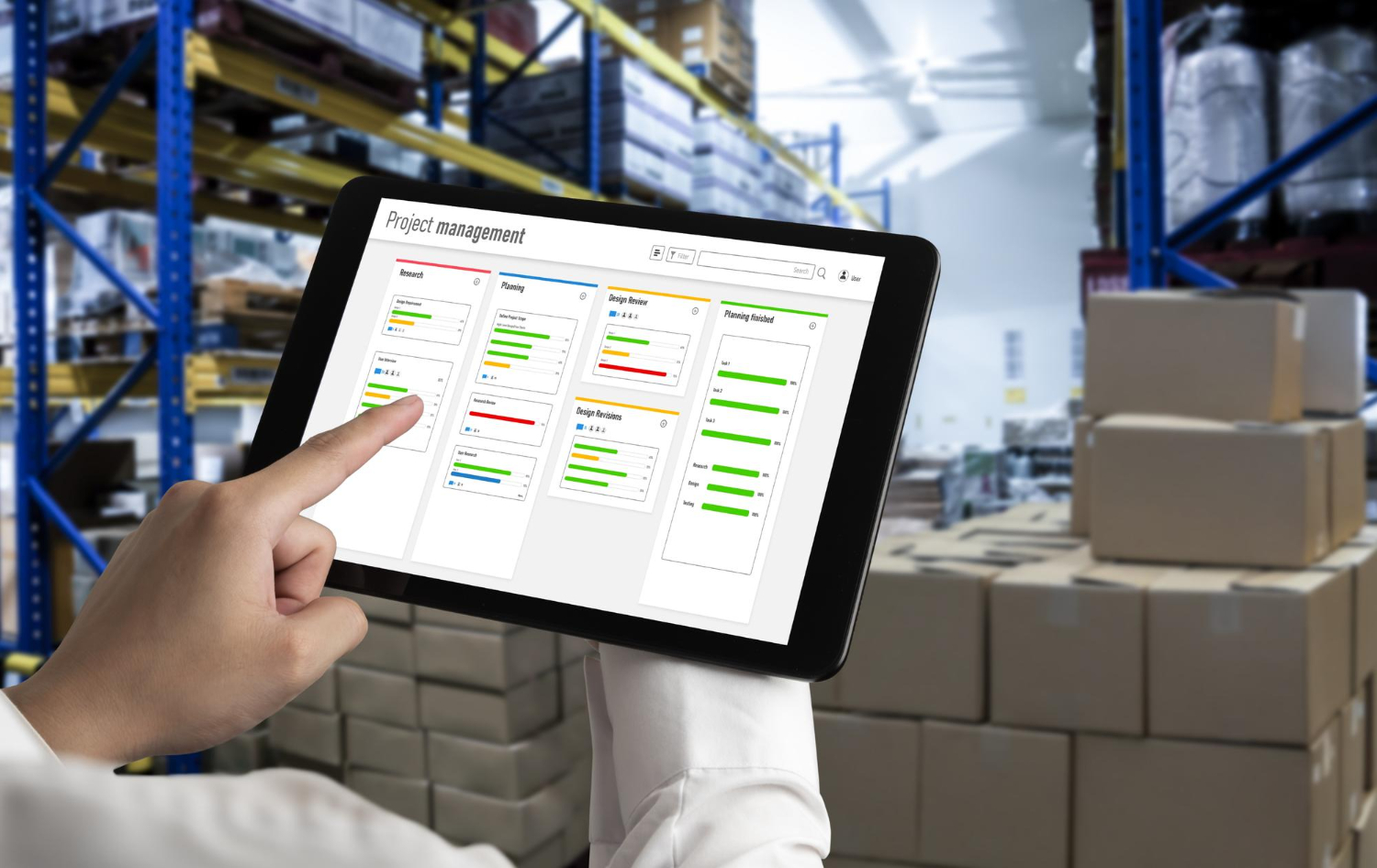
In today's fast-paced business environment, effective inventory management is crucial for the success of any growing enterprise. As companies expand, the complexities of managing inventory across multiple locations and platforms increase. This is where a Warehouse Management System (WMS) comes into play. A WMS not only streamlines operations but also enhances inventory management, allowing businesses to maintain a competitive edge. Let's explore how a Warehouse Management System can revolutionise inventory handling for burgeoning businesses.
One of the most significant benefits a WMS provides is the improvement in inventory accuracy. Manual inventory tracking methods are prone to human error, leading to discrepancies that can affect business operations. A WMS automates inventory tracking, ensuring that every product's movement is meticulously recorded and updated in real time. This automation reduces errors, minimises discrepancies in stock levels, and ensures that the physical inventory aligns with digital records. The result is a precise overview of inventory, allowing businesses to make informed decisions and reduce wastage.
A Warehouse Management System enhances operational efficiency by optimising warehouse activities. It streamlines the picking, packing, and shipping processes, reducing the time and labour required to fulfil orders. With features such as automated picking lists and optimised storage locations, a WMS minimises the time staff spend locating items. This efficiency not only accelerates order fulfilment but also allows employees to focus on more strategic tasks, ultimately boosting productivity. For growing businesses, this means the ability to handle larger volumes without proportionally increasing staffing costs.
As businesses expand, their inventory management needs evolve. A WMS provides the scalability required to accommodate growth seamlessly. Unlike static systems, a WMS can adapt to changes, such as increased product lines or new warehouse locations, without significant disruptions. These systems can integrate with other business software, offering a unified approach to managing supply chain operations. The adaptability of a WMS ensures that businesses can expand their operations without outgrowing their inventory management systems, thus supporting sustainable growth.
In conclusion, implementing a Warehouse Management System is a strategic move for any growing business looking to enhance its inventory management. By improving accuracy, boosting efficiency, and offering scalability, a WMS provides the tools necessary to navigate the complexities that come with business expansion. As companies continue to grow and face new challenges, a robust WMS becomes an indispensable ally, ensuring that inventory management practices remain effective and efficient.
Selecting the right QuickBooks warehouse management system (WMS) is a critical decision for any business seeking to streamline its operations and manage inventory effectively. A misstep in choosing the appropriate system can lead to significant challenges that may impede growth and efficiency. Here are some potential failures businesses might face when they do not hire or choose the right QuickBooks WMS:
In conclusion, selecting the right QuickBooks WMS is essential for ensuring smooth operations and sustaining growth. Businesses must exercise due diligence in choosing a system like ES Consulting, which can provide the adaptability, integration, and efficiency necessary to avoid the pitfalls of a poorly chosen management solution. By trusting the right WMS provider, businesses are better positioned to manage their inventory effectively and focus on their strategic objectives.
Ready to transform your inventory management and boost your business growth? Look no further than ES Consulting, your trusted expert in QuickBooks warehouse management systems. With a proven track record of helping businesses optimise their operations, ES Consulting offers unparalleled expertise in integrating effective WMS solutions tailored to your specific needs. Whether you're looking to streamline your inventory tracking, improve system integration, or increase scalability, our team is dedicated to ensuring that your business reaches its full potential.
Don't let inefficiencies hold you back—reach out to our experienced team today! We are eager to discuss how we can tailor the perfect solution to enhance your inventory management. Contact us at +44 (0)845 8672032 or email us at sales@esconsulting.co to find out how we can support your business's growth and success. Let us be the partner you need to take your operations to the next level.
Thank you for taking the time to read our blog. We hope you found the insights on warehouse management systems and inventory optimisation valuable. If you enjoyed this post, we invite you to explore our other blog articles, where you'll find more expert advice and tips to help your business thrive.
Stay connected and keep up to date with the latest trends and innovations by following us on our social media accounts. Join our community to gain access to exclusive content, updates, and discussions. We look forward to engaging with you and supporting your business journey.
A QuickBooks warehouse management system (WMS) is a software solution designed to integrate with QuickBooks, enhancing the capabilities of inventory management and warehousing operations. It provides features like real-time tracking, automated stock management, and data synchronisation. This ensures that inventory records in QuickBooks are accurate, up-to-date, and easily manageable.
A QuickBooks WMS improves inventory accuracy by automating the process of tracking stock levels, movements, and transactions. This eliminates manual errors often caused by data entry and provides real-time updates that reflect the actual inventory status. As a result, businesses can rely on precise inventory data to make informed decisions and optimise their operations.
Yes, a QuickBooks WMS is designed to manage inventory across multiple warehouse locations seamlessly. It allows businesses to keep track of stock levels, transfers, and replenishments in various locations through a centralised system. This capability ensures consistency and coordination between warehouses, supporting business growth and operational efficiency.